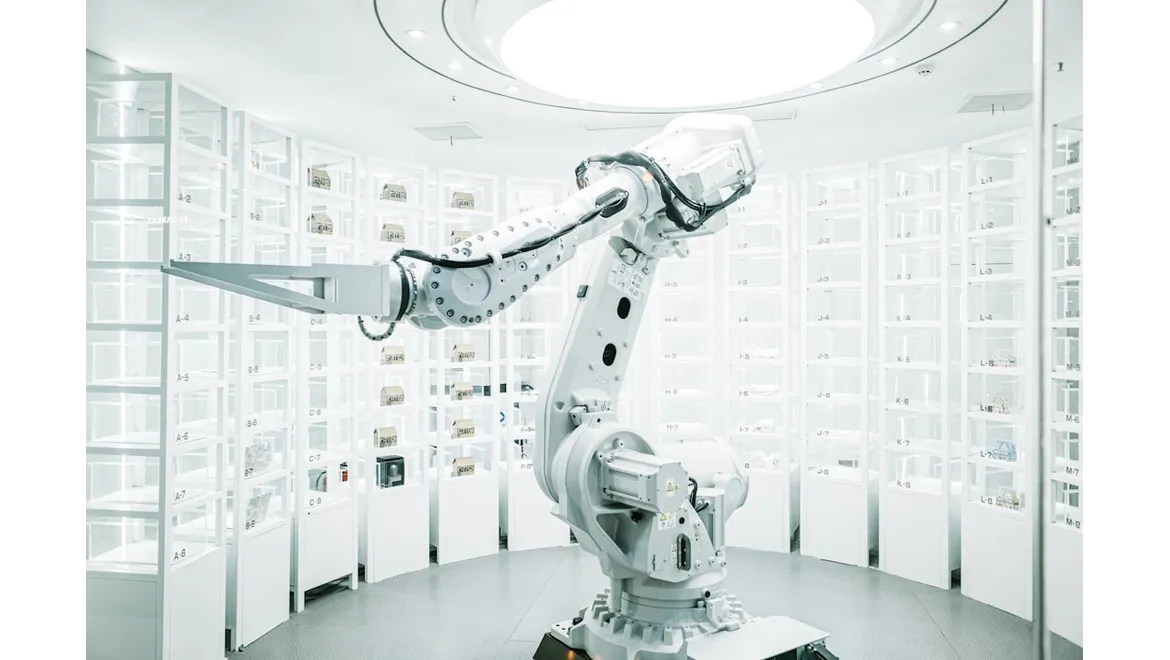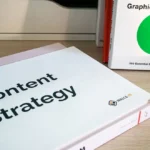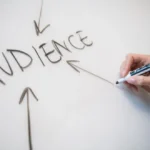Just last week, I had an enlightening conversation with my friend Alex, who has been delving deep into the world of dynamic ad creation and customisation through AI techniques. Alex, always at the cutting edge of technology, shared some intriguing insights into how AI is transforming the landscape of digital advertising. Our chat was so insightful that I couldn’t resist sharing it with you.
Understanding the Basics
We started our discussion with the basics. Alex explained that dynamic ad creation involves using AI to generate personalised and adaptable advertisements that change based on user behaviour, preferences, or other data inputs. The core idea is to move away from static ads and instead employ algorithms that enable real-time customisation of ad content.
Imagine browsing for hiking boots online and then seeing an ad specifically tailored to your recent search, complete with your preferred brand and size. That’s the magic of dynamic ads, Alex said, a bit like having a personal shopper who knows your tastes inside out.
The Role of AI in Ad Creation
I was curious about how AI fits into this picture. Alex explained that AI techniques, particularly machine learning and natural language processing, are pivotal in analysing vast amounts of data to understand user behaviours and preferences. This data is then used to generate highly targeted ad content.
To simplify, Alex broke it down into three steps:
-
Data Collection: AI systems gather data from various sources like browsing history, purchase patterns, and even social media activity.
-
Analysis and Segmentation: Machine learning algorithms process this data to identify patterns and segment audiences based on their interests and behaviours.
-
Ad Customisation: Using the insights gained, AI customises ad content, ensuring it’s relevant and engaging for each specific user.
Alex mentioned a tool called Google Ads, which offers automated ad customisation features. By setting up responsive search ads, advertisers can input multiple headlines and descriptions. The AI then mixes and matches these elements to find the best-performing combinations.
The Creative Element
“Isn’t there a fear that AI might stifle creativity?” I asked. Alex laughed, reassuring me that AI doesn’t replace creativity but enhances it. By handling the heavy lifting of data analysis and optimisation, AI frees up creative teams to focus on crafting compelling narratives and visuals.
Alex shared an example from their recent project where they used AI to generate thousands of ad variations based on a few creative assets. The AI suggested combinations that the team hadn’t considered, leading to a highly successful campaign with improved engagement rates.
Implementing AI Techniques
For those eager to dive into AI-powered ad creation, Alex suggested starting with platforms that offer built-in AI capabilities. Facebook Ads and Google Ads are great starting points as they provide user-friendly interfaces for setting up dynamic ad campaigns.
Here’s a simple process Alex outlined:
-
Define Your Goals: Before you begin, be clear about what you want to achieve. Are you aiming for increased clicks, conversions, or brand awareness?
-
Choose the Right Platform: Select a platform that aligns with your target audience. For instance, Instagram might be ideal for visually-driven products, while LinkedIn could be better for B2B services.
-
Set Up Your Campaign: Use the platform’s AI features to input your creative assets—headlines, images, call-to-action buttons—and let the AI do the rest.
-
Monitor and Optimise: Keep an eye on your ad performance. Most platforms provide analytics to help you understand which elements work best, allowing you to tweak your strategy accordingly.
The Ethical Considerations
Our chat took a thoughtful turn when Alex highlighted the ethical aspects of using AI in advertising. Personalised ads are effective, but they can also toe the line of privacy concerns. Alex emphasised the importance of transparency and obtaining user consent for data collection.
In our increasingly digital world, respecting user privacy while leveraging AI’s power is a delicate balance that advertisers need to maintain.
Wrapping It All Up
By the end of our conversation, it was clear that AI is revolutionising the ad industry, making campaigns more personalised and efficient than ever. The key takeaway from Alex’s experience is that AI, when used ethically and creatively, can be a powerful ally in crafting dynamic and engaging advertisements.
Whether you’re a seasoned marketer or a curious beginner, embracing AI in your advertising strategy can open up a world of possibilities, allowing you to connect with audiences in meaningful and personalised ways. As Alex put it, it’s not just about selling a product; it’s about creating experiences that resonate with people.











